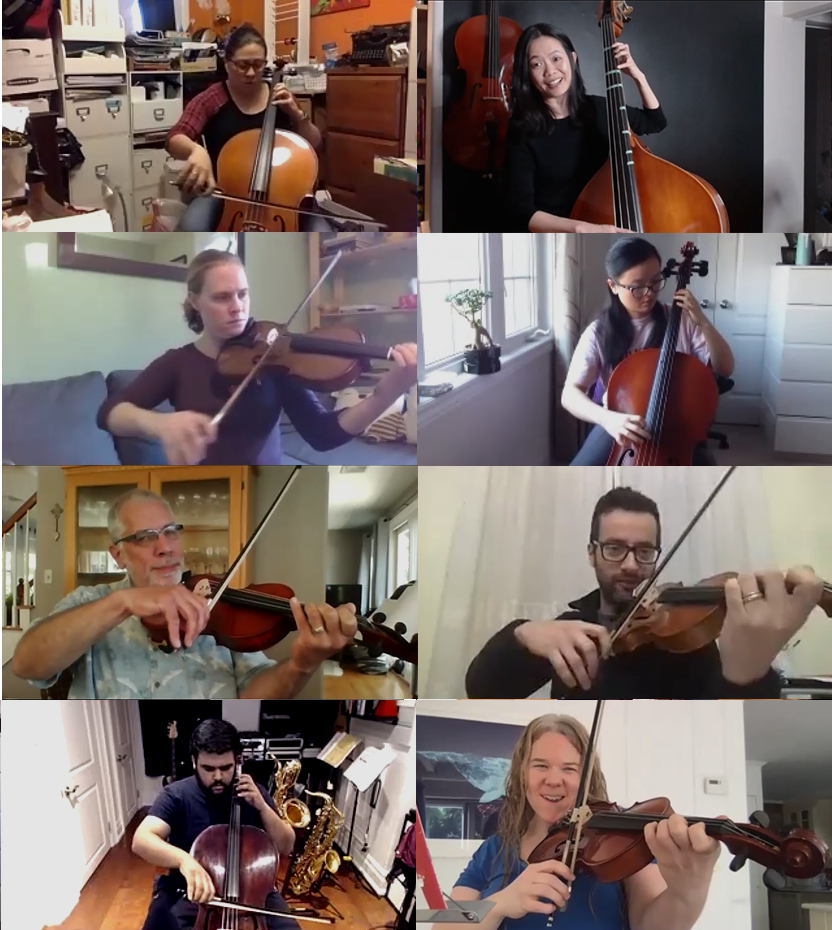Okay, I’m about to dive in to my favourite topic… teaching string students fingering, shifting, and how to play in tune! “What?!” you are saying? “THIS is your favourite topic??”
For many teachers especially those just starting out, this is the greatest challenge. It might even be something they dread, particularly if they’re trying to teach it to a whole classroom. After all, the fingerboard can be scary uncharted territory, and intonation is something that is hard to explain in a concrete way.
Yet, fingering, shifting and intonation are the foundations of string playing, and in fact is what string playing ultimately boils down to – playing in tune on an unmarked road map. I remember struggling as a private teacher to get students to hear and play in tune, to remember the fingerings for their scales, and to shift smoothly and accurately. Once I was in a classroom setting, the challenge seemed all the more impossible.
How could I teach to a whole class what I had been unable to teach effectively one-on-one? Every day, I would ask myself, is there any way to make it easier?
I have discovered that, yes, there absolutely is an easy way; far easier than I ever would have thought possible!
My methods to tackle these topics started evolving over the past several years and is what excites me each day when I go to school. It’s exciting because it has developed to the point that I can now get most of my students, on violin, viola, cello or double bass, to successfully shift to at least fourth or fifth position after just three years of playing… in a classroom setting!
Just to put it in context, these are all high school students who started as beginners, or who came with some experience from a group setting at elementary school, but who have never taken private lessons. You can use my methods in an elementary setting as well as in private teaching, and you don’t need to make any changes to use it – you can continue to use the same method books and materials you’ve always used.
Here is an overview of what I will be covering in Teaching Fingering, Shifting and Intonation Without Fear! (I will update with links as each topic becomes available):
- How to set up your students for intonation success.
- Learning the Note Names
- Start Stringed Instruments Playing by Ear
- Establishing a new, easy vocabulary to use for fingering and intonation.
- Charts outlining the basic finger patterns used in string playing, which are common to violin, viola, cello and bass.
- How to teach your students to play in tune in just ONE lesson!
- How to introduce shifting early.
- A more logical way to teach two octave scales.
- The only scale materials you will need before introducing the Flesch or other advanced systems.
- Universal advanced fingering charts for string players.
- How to get your students beyond 3rd position easily and without fear.
- How to practice shifting so that it’s practical and fun.
- How to teach minor scales so that students understand them.
- and MORE!
Also, many of these exercises will (eventually) be accompanied by SmartMusicTeacher YouTube videos for you and your students to refer to, so that students can review the techniques at home. The videos are also a great support for non-strings players who find themselves teaching string classes.
I can’t wait to start digging into this topic!
Stay tuned. Literally!




Leave a Reply